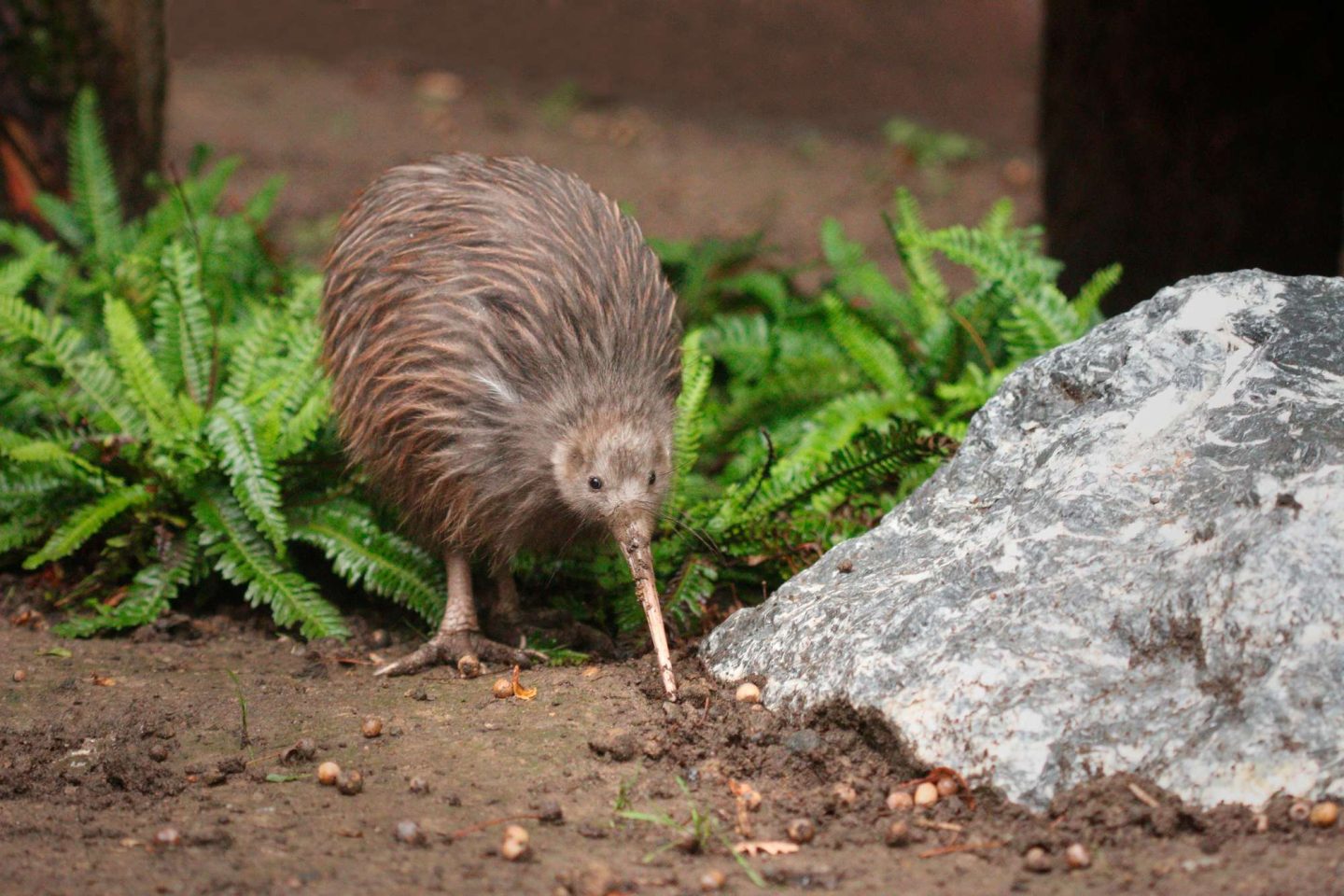
We may be stuck indoors but there has never been a better time to take a look at the sky. Full of ornithological wonder, there is nothing more calming than the sound of oblivious birds as they rush through the air and chatter in their favoured thicket. Was that a falcon, a spotbill or a honey buzzard? Breeding season is in full swing, and Spring will be full of activity as they compete for food, territories and mates.
Bird watching is incredibly flexible. You don’t need a lot of equipment to get started. You can spot them from a window, a balcony or during a social distanced walk. You can also commit as much or as little time in the hobby as you like.
Read our isolation guide to bird watching at home, comparing some of the birds you may have been searching for on your travels with some British counterparts.
Spot Robins instead of Kookaburras
Australia is full of unique animals, but the laughing kookaburra is one of the most well known. Native to woodlands and open forests, this plain looking bird is nothing but ordinary until it opens its beak. Their loud call is a series of trills, chortles, belly laughs and hoots and has been dubbed ‘the bushman’s alarm clock’. Seek out a more gentle sound from our own favourite bird, the curious robin. Their spring song is powerful, confident and upbeat and they can often be seen singing alongside pathways during dawn and dusk.
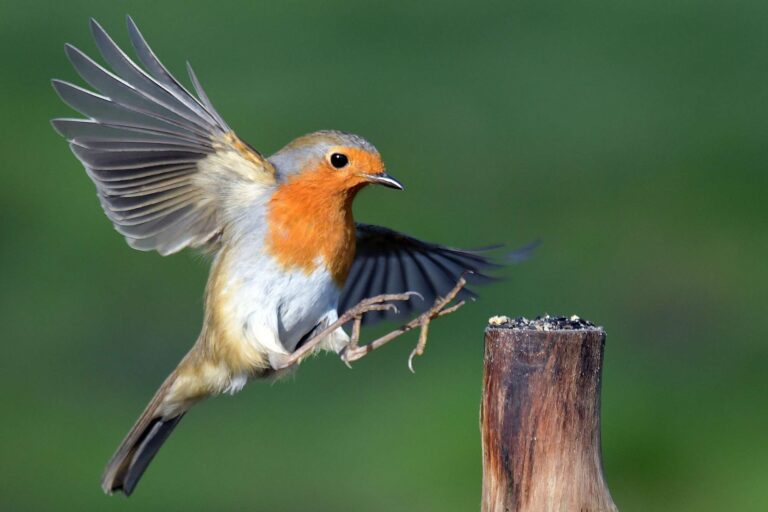
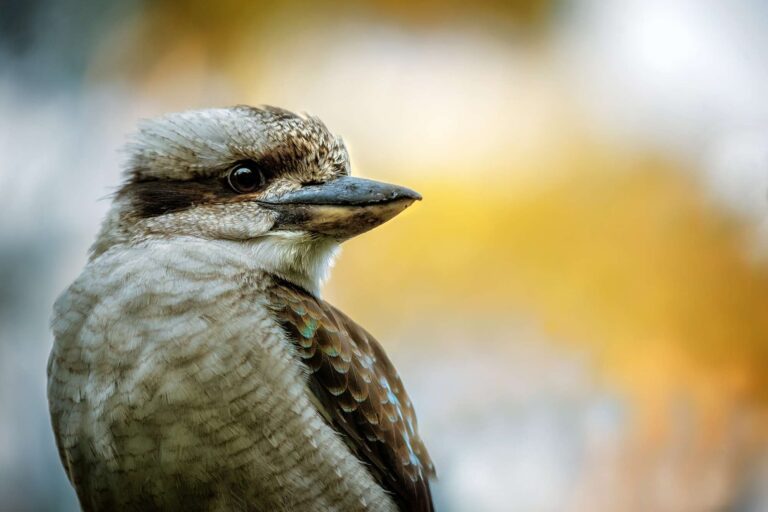
Spot Guillemots instead of Penguins
The charming Humboldt penguin is Chile and Peru’s favourite monochrom bird. Found pottering and plunging along the South American Pacific Coast, the pint sized penguins are easy to identify with a distinctive black band across their white fronts. They are extremely strong swimmers, using their wings as flippers and their feet and tail for steering. The UK coast’s boast many stretches of sheer cliffs and the guillemot is one of the most numerous birds in ‘seabird cities’. They spend their life at sea, only coming to land to nest. They are dark brown and white in colour and have a bridled form with a white ring round the eye and stripe behind it.
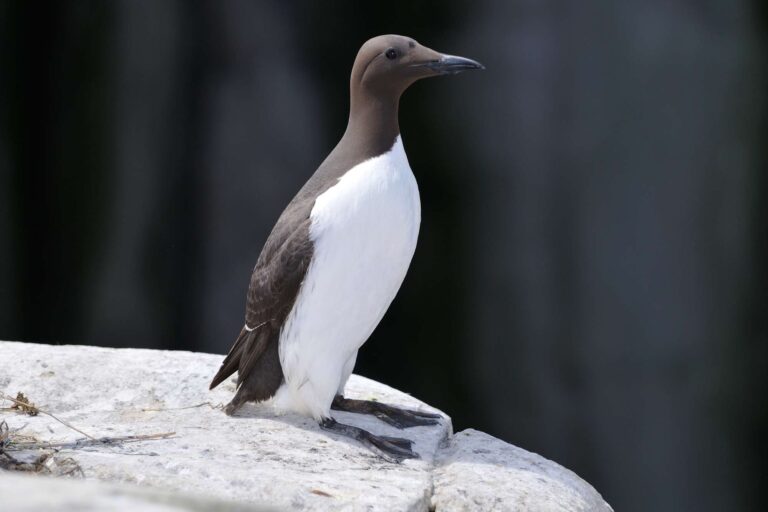
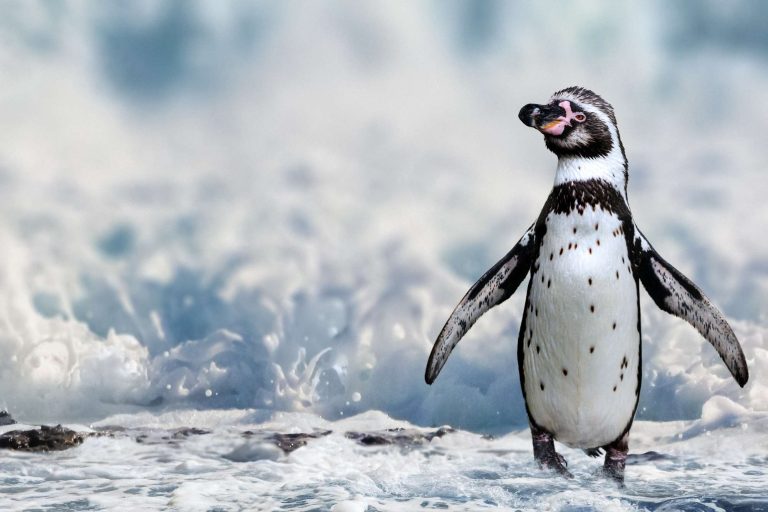
Spot Spoonbills instead of Flamingos
Flamingos are a familiar sight for everyone. The tropical wading birds have long legs with backward-bending knees, long curvy necks, and most noticeably, they are pink! They feed by stirring up mud with their feet, reaching down to scoop up a beakful of mud and water. Their beaks are designed to strain animals out of the mud and expel any muddy water. The Spoonbill also has an interesting way to feed. They swing their bizarre spatula-like bill through shallow pools of water to spoon out their food. With bright white plumage and long legs, you could be forgiven for thinking flamingos and spoonbills are related, but they are not.
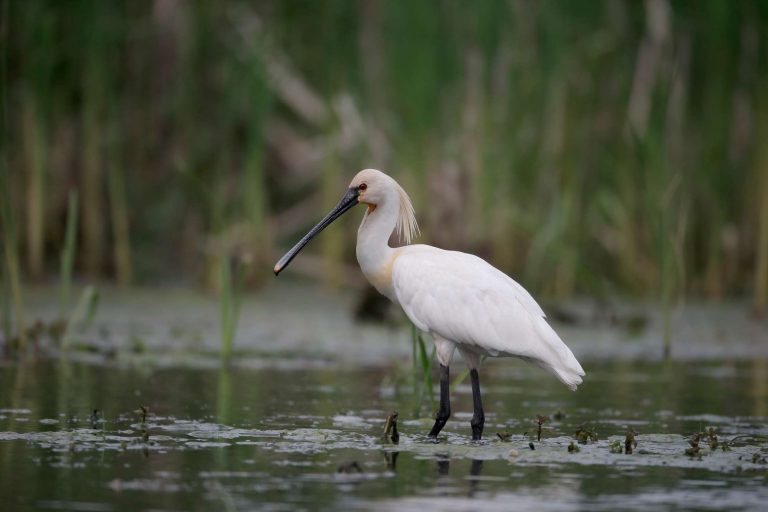
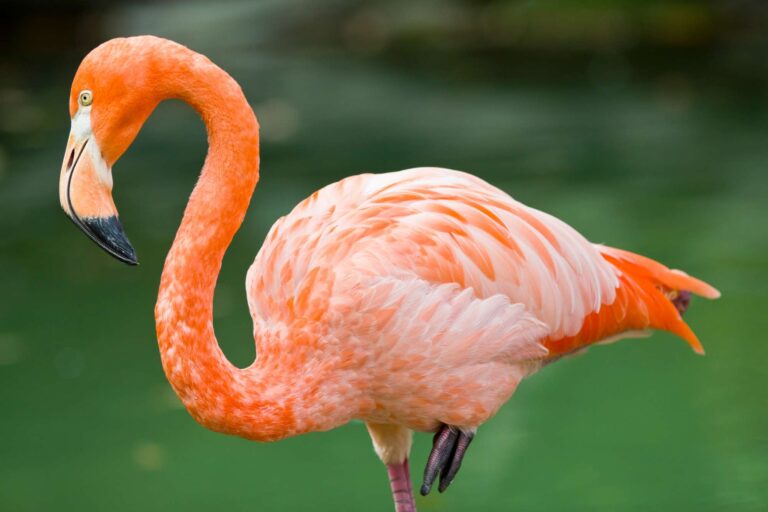
Spot Curlews instead of Kiwi birds
Kiwi are native to New Zealand, and act as a fairly adorable unofficial symbol for the country. Aside from being cute, they have some very unique characteristics which make them exceptionally awesome. Our favourite fact is that kiwis have highly developed olfactory senses, they are the only bird with nostrils at the end of their beak. Having a good sense of smell is an extremely rare attribute in a bird! Another bird with an unmistakable snout is the Eurasian curlew. A rare sighting in the UK, their eerie ‘cur-lee’ call can be recognised in wet grasslands and farmland in northern England and Scotland. The curlew has a long, down curved bill that is perfect for feeding. The unmistakable feature acts like a pair of chopsticks to pincer it’s prey in the mud.
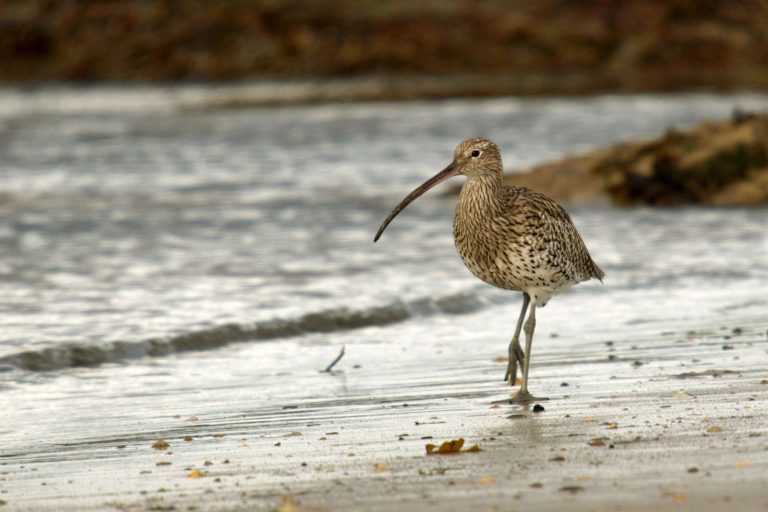
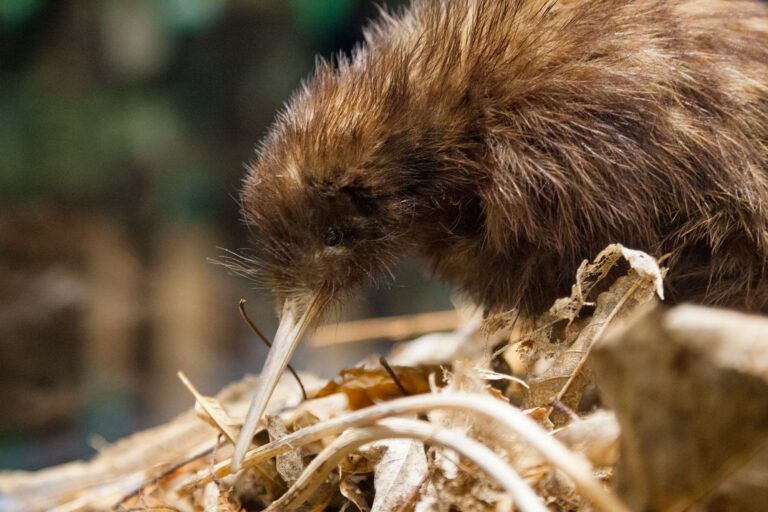
Spot Goldfinches instead of Hummingbirds
Hummingbirds are one of the smallest existing birds on the planet, but symbolise a huge amount of good luck. If you spot one, you should contemplate pursuing a life dream that might currently seem impossible to you.. The hummingbird is considered an omen of good luck and seeing one is a promise of your endeavours being successful. The goldfinch is a familiar favourite in the UK and one of the more colourful British birds. For some people, Goldfinch signifies the value of joy and simplicity in life. With their bright red face and yellow wing patch, this jewel of a bird symbolises the importance of being positive and staying optimistic. To see them dazzling our garden, is truly life enhancing.
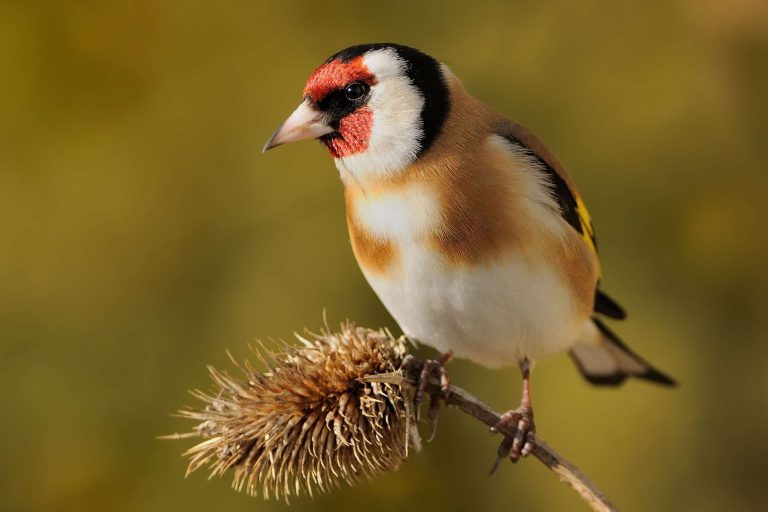

Feeling inspired?
Take to your window and see how many birds you can spot. Or to plan your own bird watching adventure, contact our team of Travel Specialists today on 01737 886274 or send an enquiry






 Instagram
Instagram
 Facebook
Facebook
 YouTube
YouTube